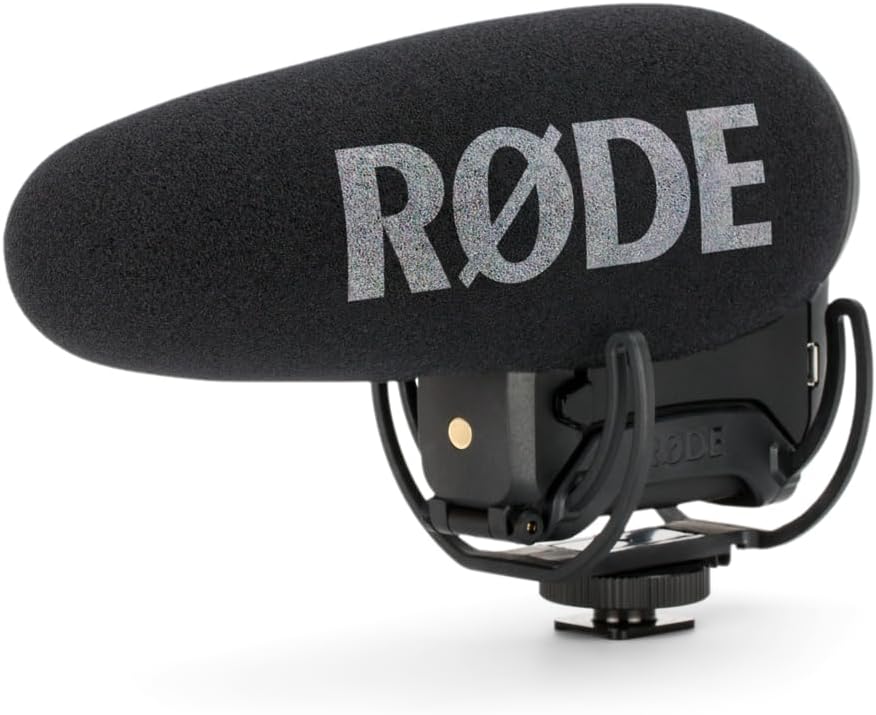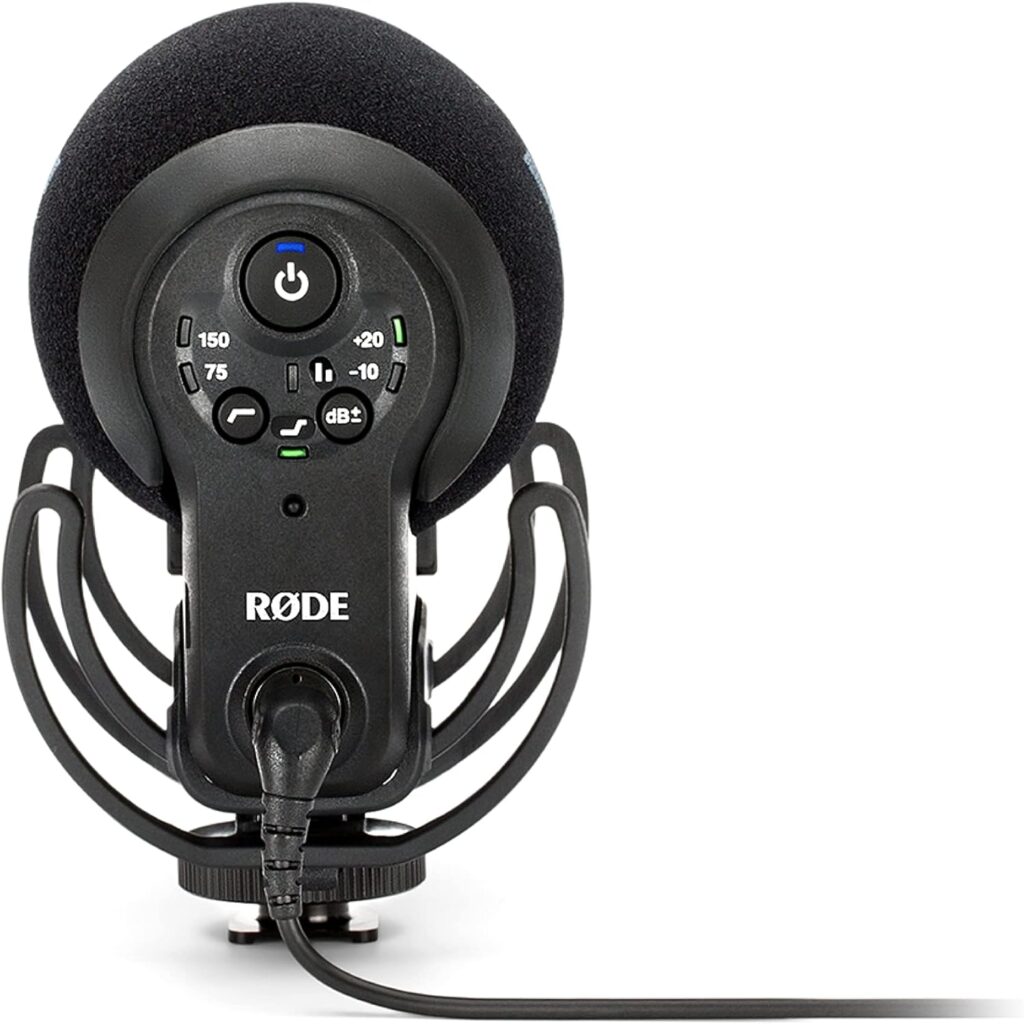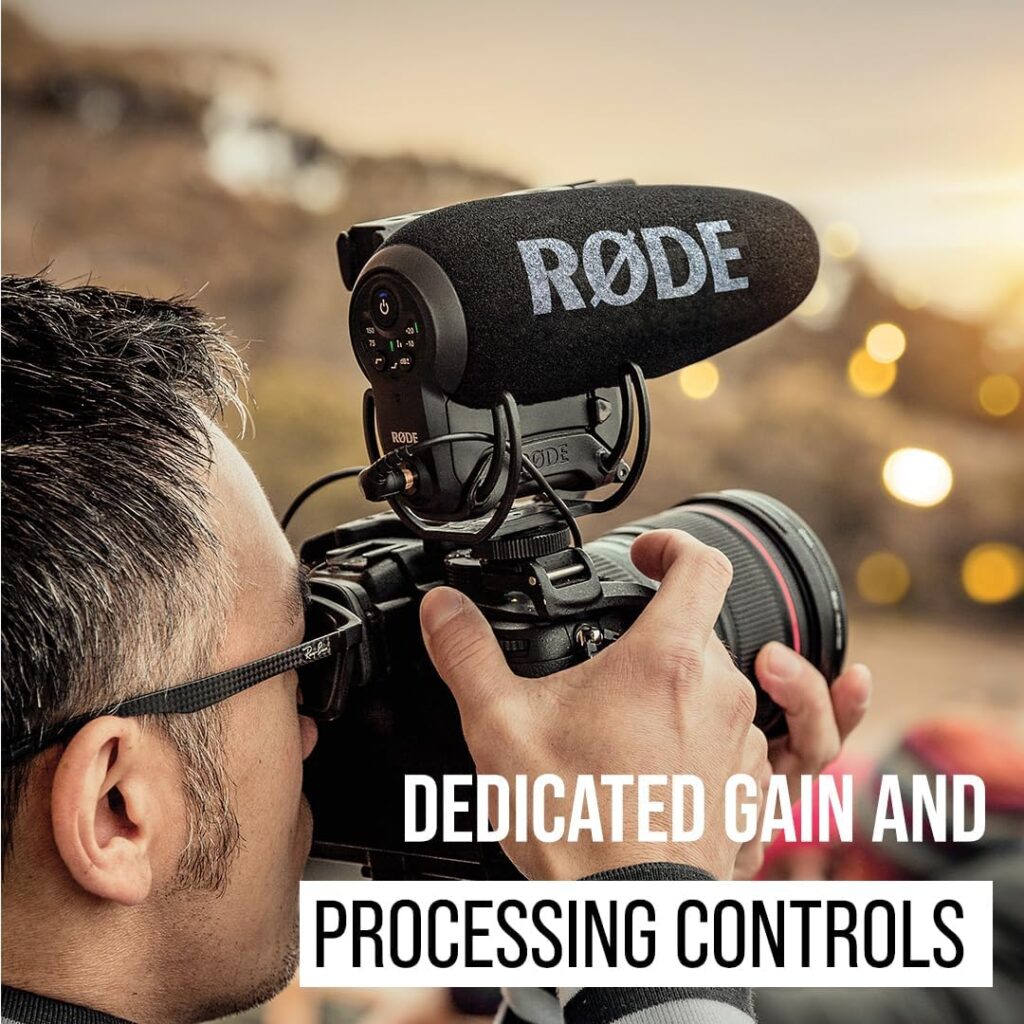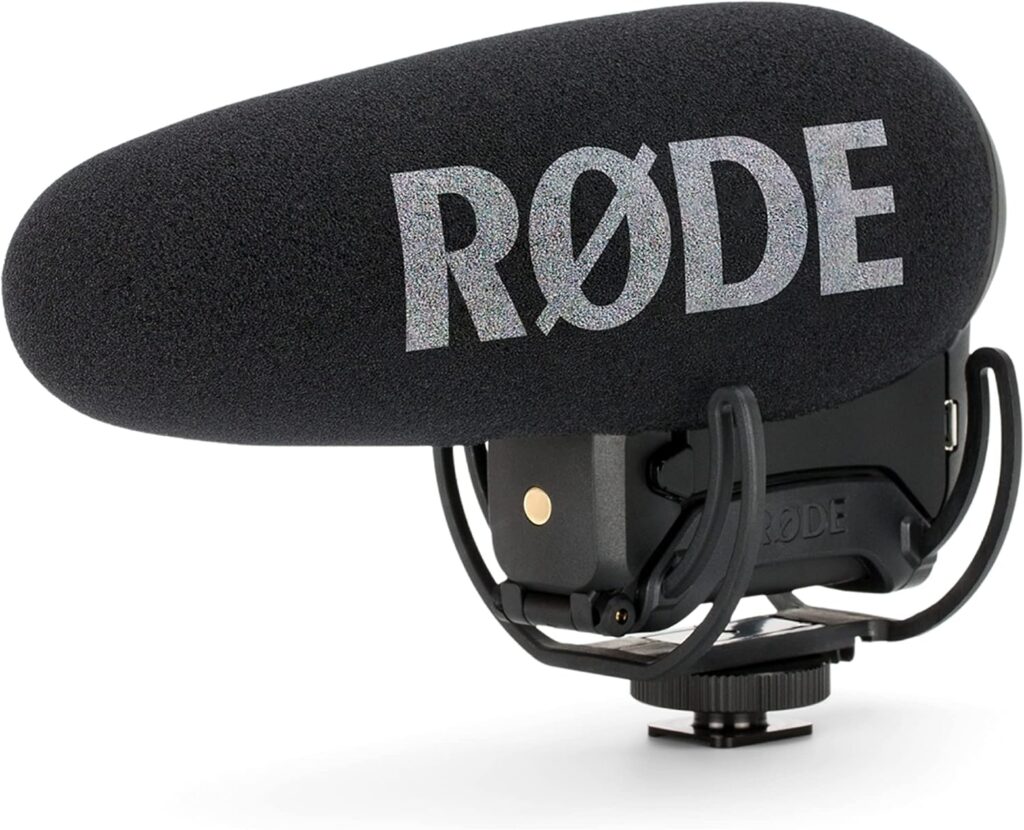Rode VideoMic Pro+ Review
When it comes to capturing high-quality audio for video content, Rode has long been a trusted name among filmmakers, vloggers, and content creators. The Rode VideoMic Pro+ is one of the company’s flagship on-camera shotgun microphones, designed to deliver professional-grade sound in a compact, user-friendly package. Released as an upgrade to the already popular VideoMic Pro, the Pro+ promises enhanced features and improved performance. But does it live up to the hype? In this review, we’ll explore its design, features, sound quality, usability, and overall value to help you decide if it’s the right tool for your audio needs.
What is the Rode VideoMic Pro+?
The Rode VideoMic Pro+ is a directional shotgun microphone tailored for use with DSLR cameras, mirrorless cameras, and even smartphones (with the right adapters). It’s part of Rode’s VideoMic lineup, which is renowned for bridging the gap between affordability and professional audio quality. The Pro+ sits near the top of this range, offering advanced features like a built-in rechargeable battery, automatic power functions, and a suite of audio controls that make it versatile for a variety of shooting scenarios.
Priced around $299 USD (as of March 2025), it’s not the cheapest option on the market, but it’s far from the most expensive either. It competes with alternatives like the Sennheiser MKE 400 and the Deity V-Mic D3 Pro, making it a mid-tier choice for creators who want reliable audio without breaking the bank. So, let’s break down what makes this microphone tick.
Design and Build Quality
Straight out of the box, the Rode VideoMic Pro+ feels like a premium product. Weighing just 122 grams (4.3 ounces), it’s lightweight enough to mount on a camera without throwing off balance, yet it feels sturdy thanks to its reinforced ABS construction. The matte black finish gives it a sleek, professional look, and the iconic Rode branding is subtly etched into the body.
The microphone attaches to your camera via a standard cold shoe mount, and it comes with Rode’s Rycote Lyre shock mount system. This suspension design is a standout feature, effectively isolating the mic from vibrations and handling noise—a common issue with on-camera mics. Whether you’re walking with your camera or shooting in windy conditions, the Lyre system does an admirable job of keeping unwanted rumble at bay.
The included foam windshield is decent for indoor use or light breezes, but Rode also bundles a furry “deadcat” windjammer for more demanding outdoor environments. The deadcat is a must-have for reducing wind noise, especially if you’re filming in gusty conditions, though it does make the mic look a bit comical perched atop your camera.
One minor gripe with the design is its reliance on small, fiddly buttons and switches. The control panel—located on the back—includes options for power, filter settings, and gain adjustments, but the buttons feel a tad cramped. If you’ve got larger fingers or you’re adjusting settings in a rush, it can be a bit tricky. Still, this is a small trade-off for the functionality packed into such a compact form factor.
Key Features: What Sets the Pro+ Apart?
The Rode VideoMic Pro+ isn’t just a rehash of its predecessor—it introduces several upgrades that make it a compelling choice. Here’s a rundown of its standout features:
- Power Options and Auto-Power Function
Unlike the original VideoMic Pro, which relied solely on a 9V battery, the Pro+ has a built-in rechargeable lithium-ion battery that delivers over 100 hours of recording time on a single charge. You can recharge it via a micro-USB cable (included), which is a game-changer for long shoots. Alternatively, it can run on two AA batteries or draw power directly from your camera via the 3.5mm output cable if your device supports plug-in power.
The auto-power feature is a thoughtful touch: the mic turns on when it detects power from your camera and shuts off when disconnected, saving battery life and preventing accidental drainage. - Audio Controls and Filters
The Pro+ offers a three-stage gain control (-10dB, 0dB, +20dB), allowing you to adjust input levels based on your environment or camera preamp quality. It also includes a two-stage high-pass filter (75Hz and 150Hz) to cut low-frequency rumble, like traffic noise or air conditioning hum, and a high-frequency boost to enhance vocal clarity. These options give you flexibility without needing post-production tweaks, which is a boon for run-and-gun shooters. - Safety Channel
One of the Pro+’s most innovative features is its dual-mono safety channel. When enabled, the right channel records at -10dB lower than the left, acting as a backup in case your primary signal clips. This is a lifesaver for unpredictable audio situations—like interviews or live events—where sudden loud sounds could otherwise ruin your recording. - Detachable 3.5mm Cable
The output cable is removable, which is a small but appreciated upgrade. If it gets damaged, you can replace it without sending the whole unit for repair—a practical nod to the realities of fieldwork. - LED Indicators
A tiny LED on the back shows power and filter status, making it easy to confirm your settings at a glance. It’s not groundbreaking, but it’s a nice quality-of-life addition.
Sound Quality: How Does It Perform?
The heart of any microphone review is its sound quality, and the Rode VideoMic Pro+ doesn’t disappoint. Its super-cardioid polar pattern excels at capturing sound directly in front of the mic while rejecting noise from the sides and rear. This makes it ideal for dialogue, vlogging, or any scenario where you need focused audio pickup.
In controlled indoor settings—like a studio or quiet room—the Pro+ delivers crisp, clear audio with a natural tone. Voices come through with good presence, and the high-frequency boost option adds a slight lift to higher registers, making speech pop without sounding overly processed. The self-noise is impressively low at 14dBA, meaning you won’t hear distracting hiss even in quiet scenes.
Outdoors, the mic holds its own, though its performance depends heavily on your setup. With the foam windshield, it handles light wind well, but anything stronger requires the deadcat. In tests, the microphone captured dialogue cleanly at distances up to 6-8 feet in calm conditions, with minimal background intrusion. Pair it with the high-pass filter, and you can tame low-end noise from wind or distant traffic effectively.
Compared to its predecessor, the VideoMic Pro, the Pro+ offers a slightly wider frequency response (20Hz–20kHz) and better sensitivity (-33.6dB re 1V/Pa). The difference isn’t night-and-day, but the Pro+ feels more refined, with a touch more detail in the mids and highs. Against competitors like the Sennheiser MKE 400, the Rode holds an edge in versatility thanks to its safety channel and filter options, though the Sennheiser might have a slight advantage in raw vocal warmth.
One limitation is its directionality. While the super-cardioid pattern is great for isolating a subject, it’s not as tight as a hyper-cardioid or true shotgun mic, so in very noisy environments (think busy streets or crowded events), you might still pick up some ambient sound. For those situations, an off-camera mic with a boom setup might be a better bet.
Usability: Who’s It For?
The Rode VideoMic Pro+ shines in its ease of use, making it a favorite for solo creators and small crews. Mounting it on a camera takes seconds, and the plug-and-play design means you don’t need a separate audio recorder or deep technical know-how to get started. The controls, while compact, are intuitive once you get the hang of them, and the auto-power feature eliminates the “did I leave it on?” anxiety.
It’s particularly well-suited for:
- Vloggers: Lightweight and camera-mounted, it’s perfect for talking-head videos or travel content.
- Indie Filmmakers: The safety channel and filters make it reliable for dialogue-heavy shoots on a budget.
- Journalists: Its portability and durability are ideal for on-the-go reporting.
However, it’s not a one-size-fits-all solution. If you’re doing studio-grade voiceovers or need ultra-precise sound for narrative films, a dedicated condenser mic or XLR shotgun setup will outshine it. The VideoMic Pro+ is a jack-of-all-trades, excelling in convenience and versatility rather than absolute audio perfection.
Pros and Cons
Pros:
- Excellent sound quality for the price
- Versatile power options (rechargeable battery, AA, camera-powered)
- Useful features like safety channel and filters
- Lightweight and durable build
- Effective shock mount and wind protection
Cons:
- Controls can feel cramped and fiddly
- Not as directional as higher-end shotgun mics
- Deadcat windshield is bulky for storage
Final Thoughts
The Rode VideoMic Pro+ is a fantastic choice for anyone looking to step up their audio game without diving into complex, expensive setups. It combines portability, versatility, and solid sound quality in a package that’s hard to beat for the price. Whether you’re a vlogger capturing your next adventure, a filmmaker shooting a short, or a journalist in the field, this mic delivers the goods with minimal fuss.
It’s not perfect—its directionality could be tighter, and the controls could be more ergonomic—but these are minor quibbles in an otherwise stellar product. If you’re ready to move beyond your camera’s built-in mic and want a reliable, feature-packed solution, the Rode VideoMic Pro+ deserves a spot on your gear list. Highly recommended.





